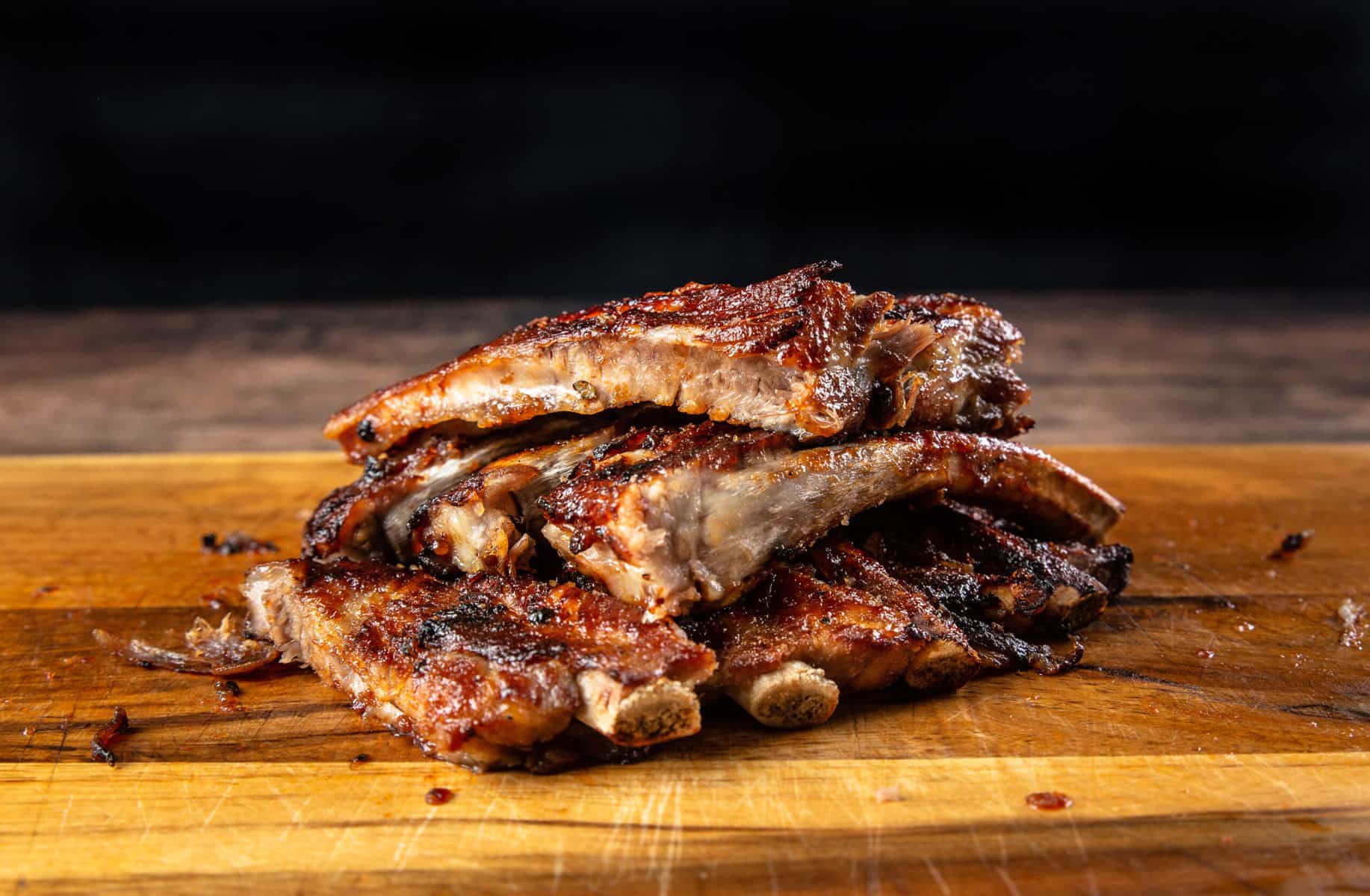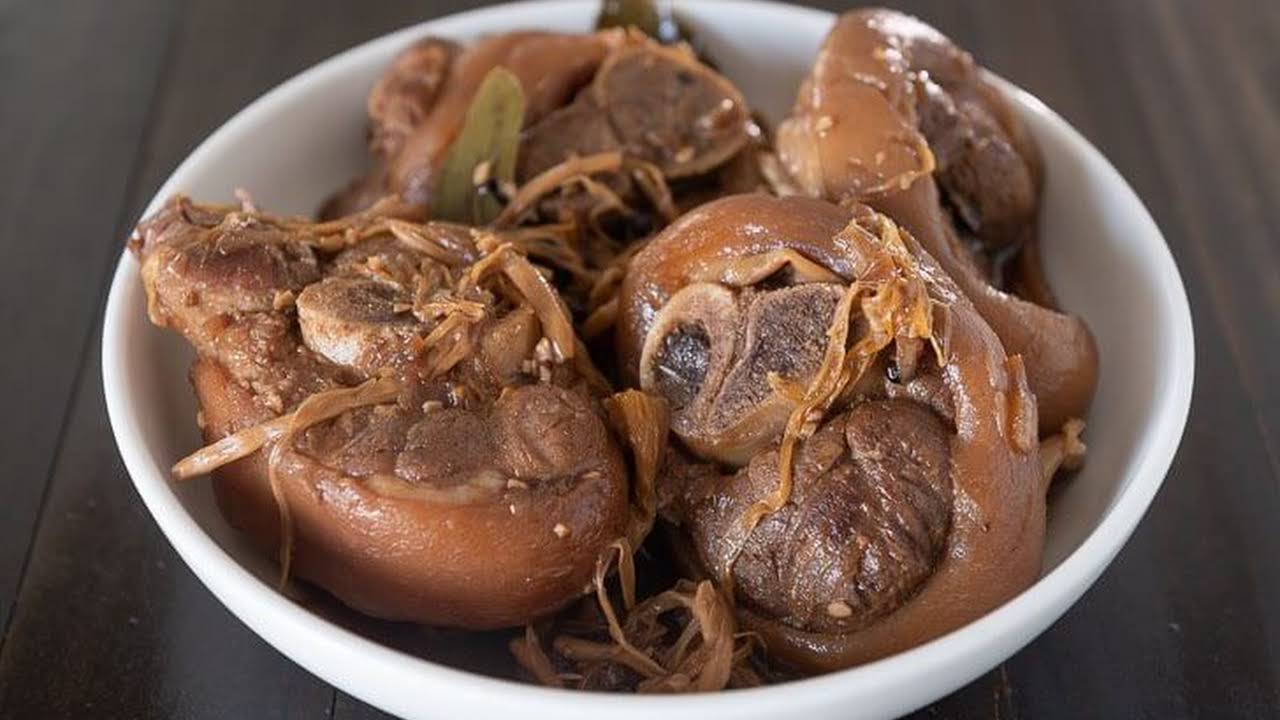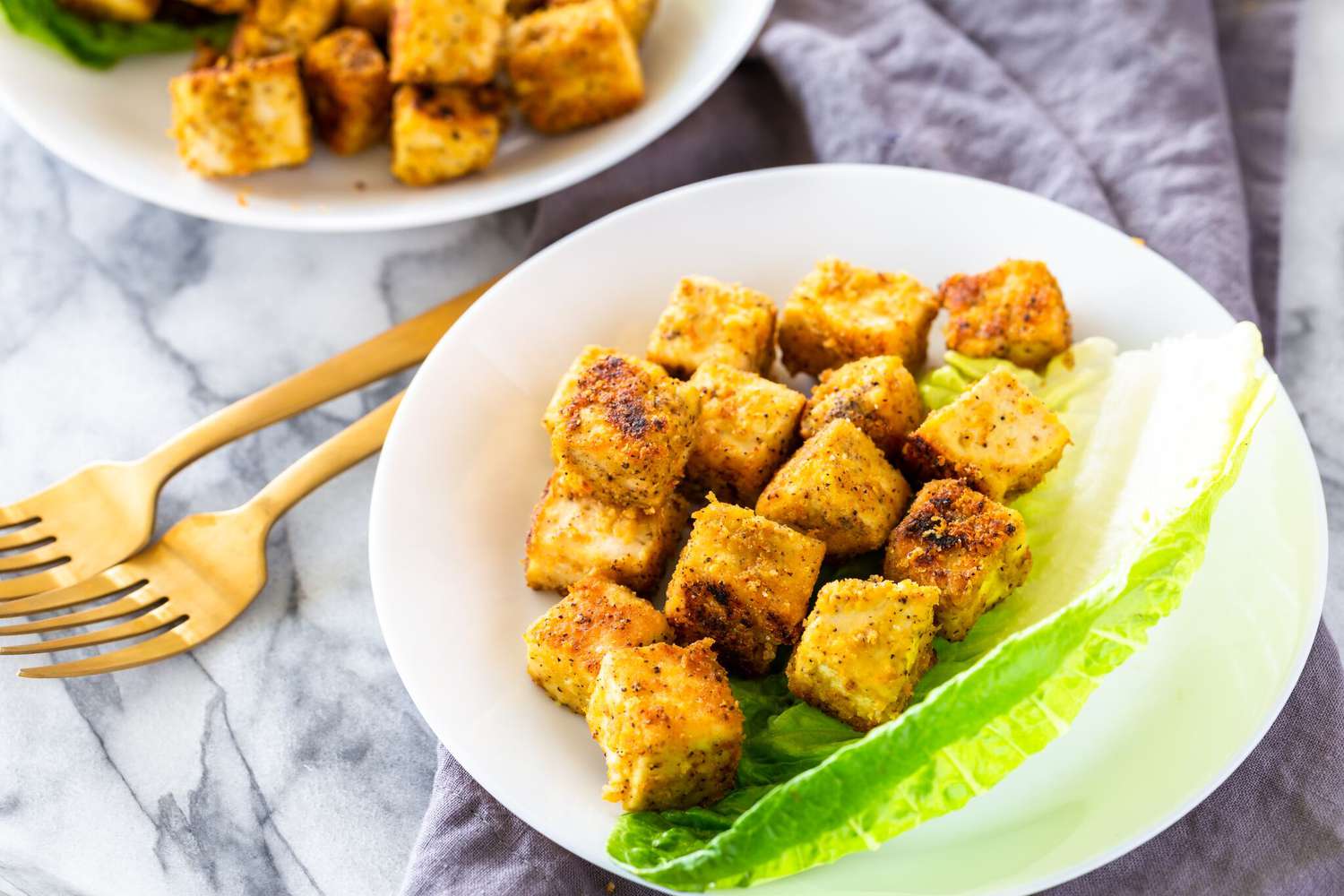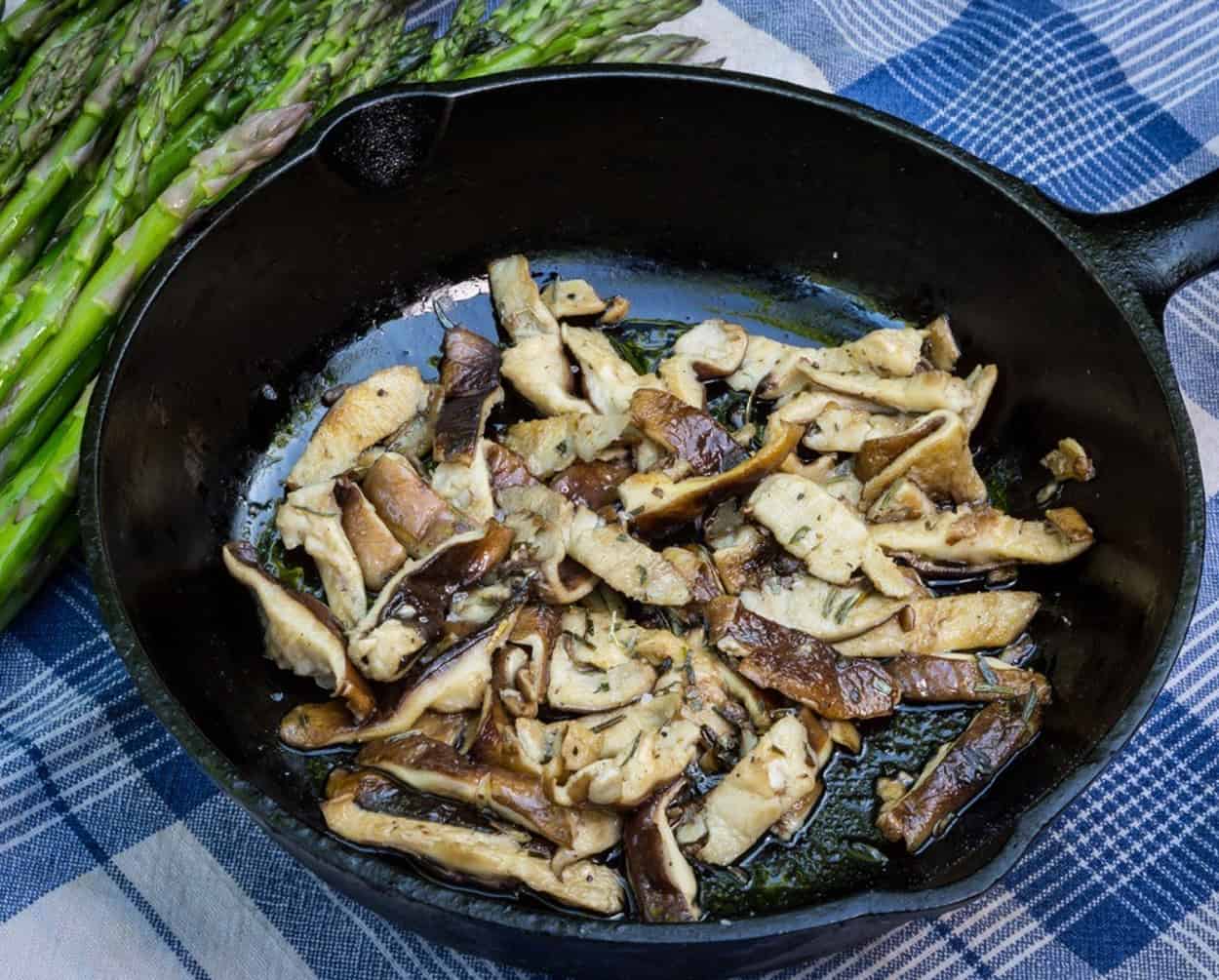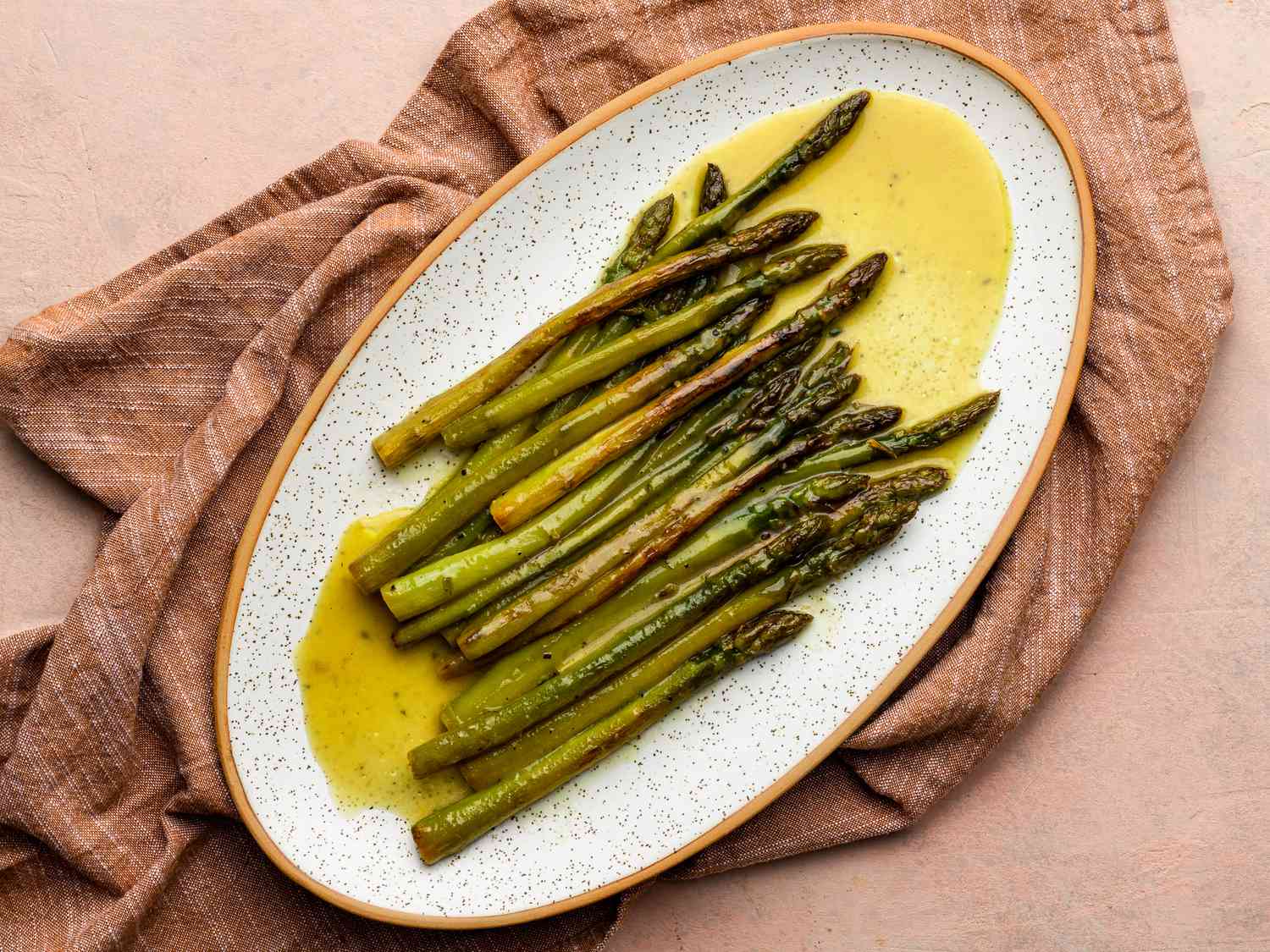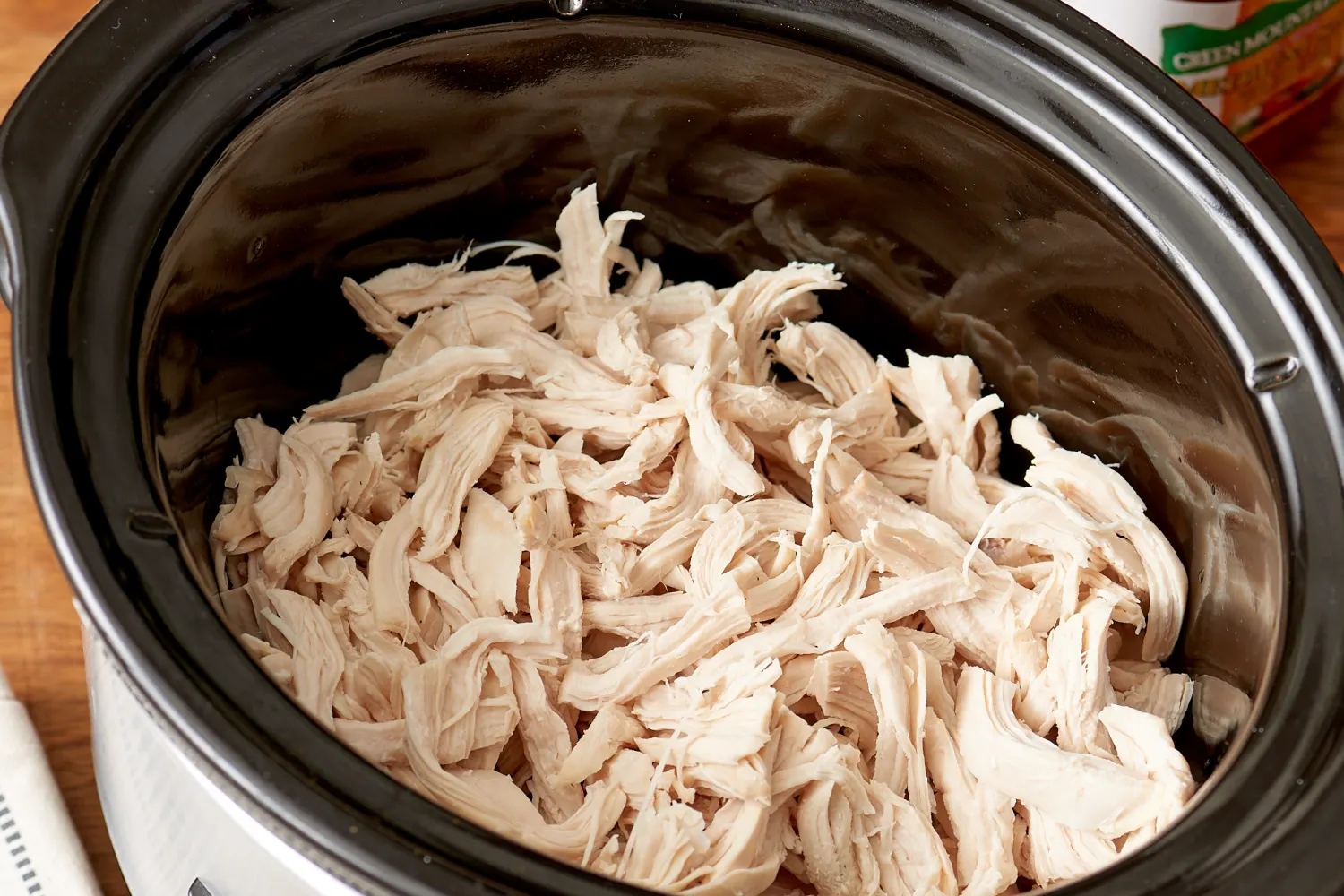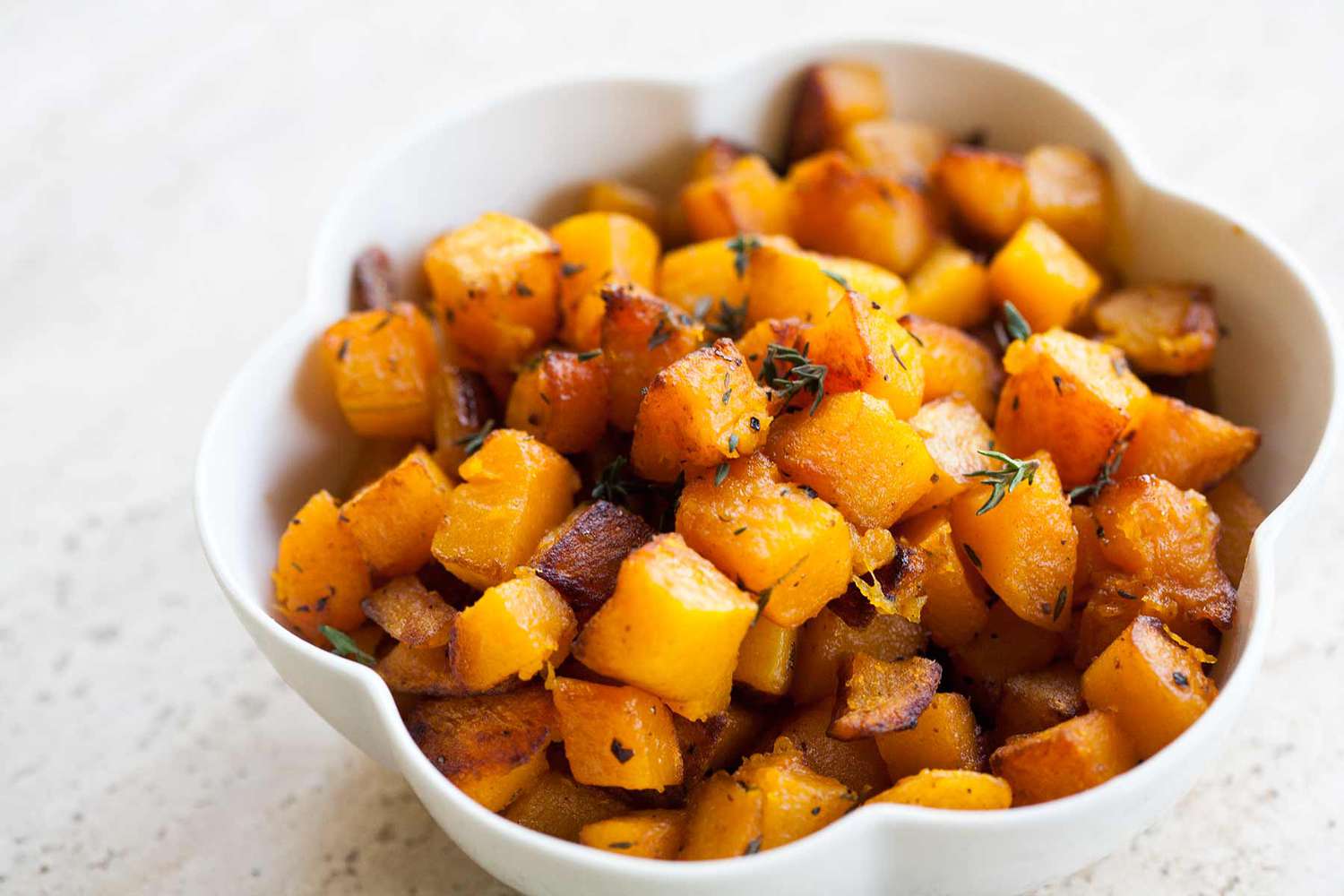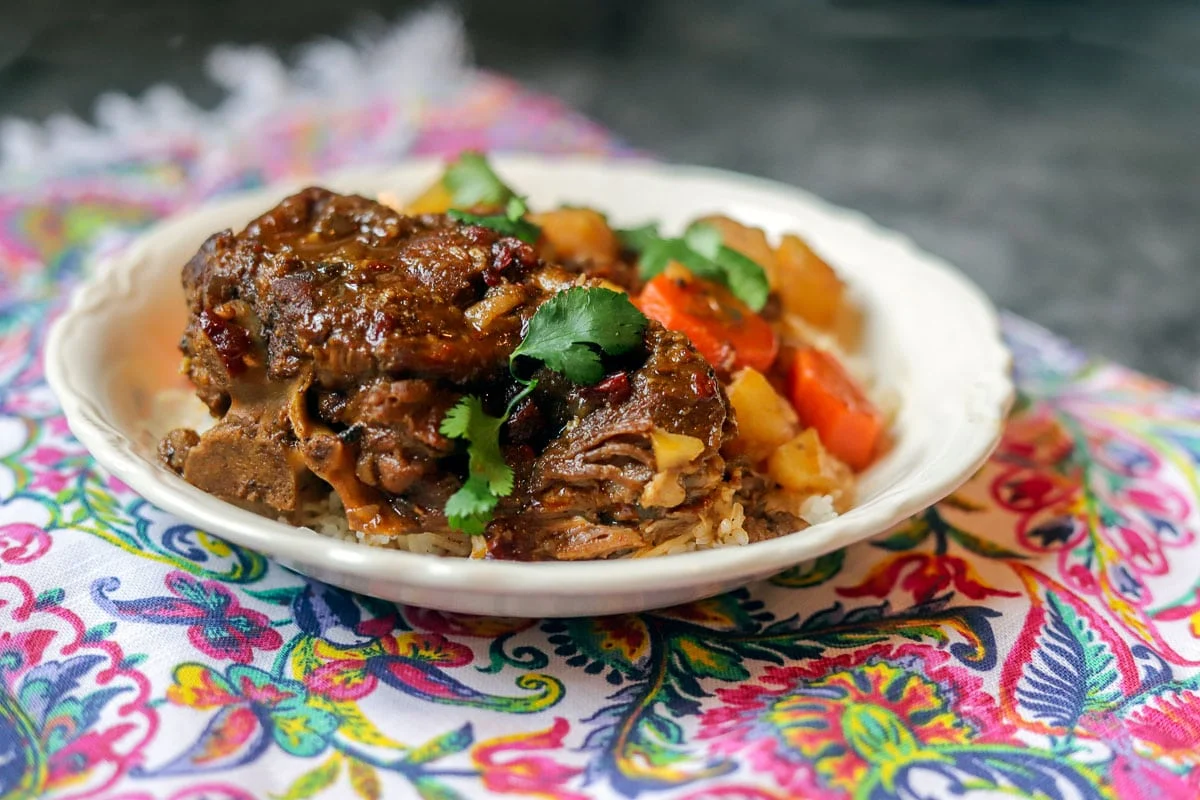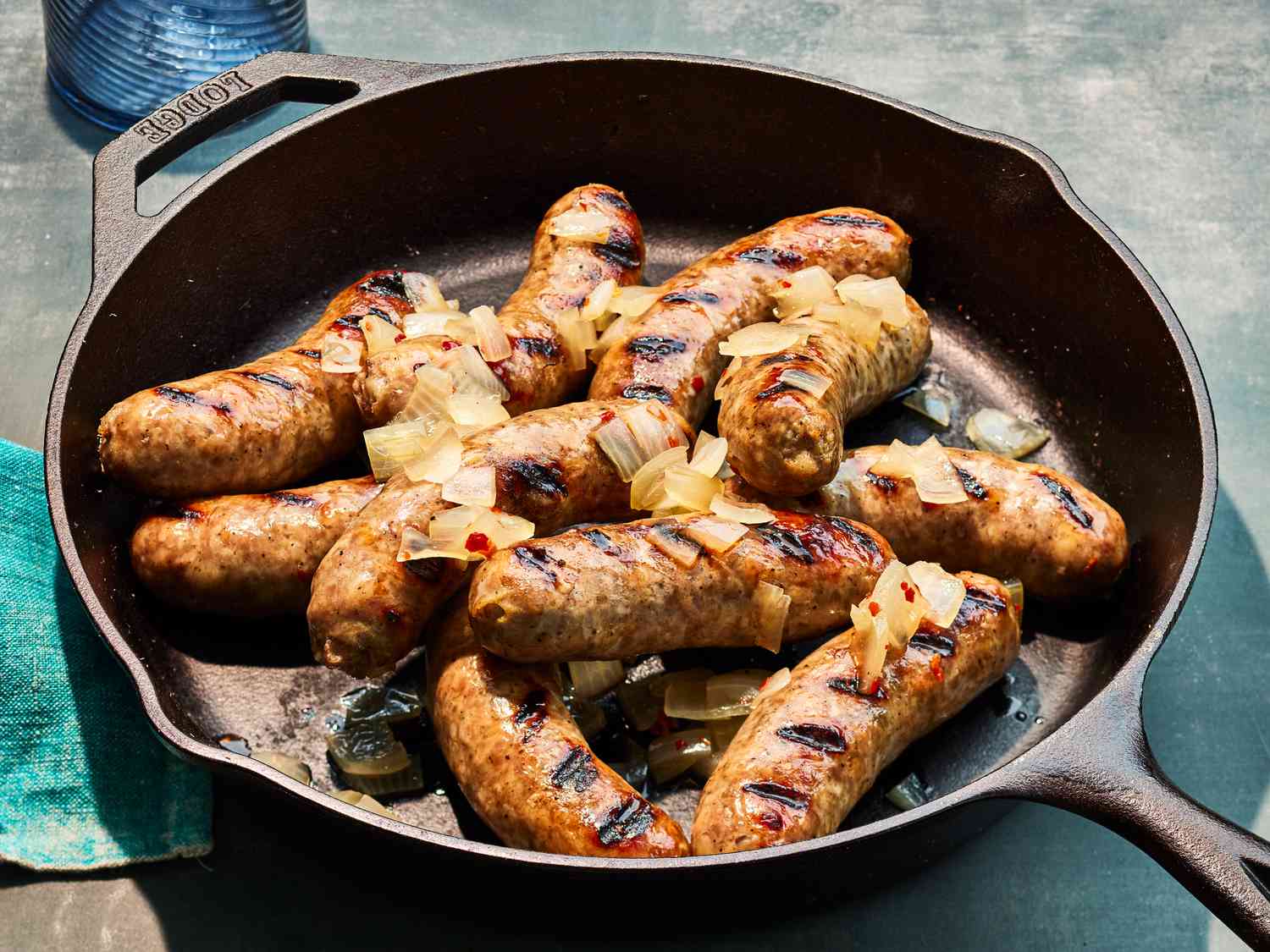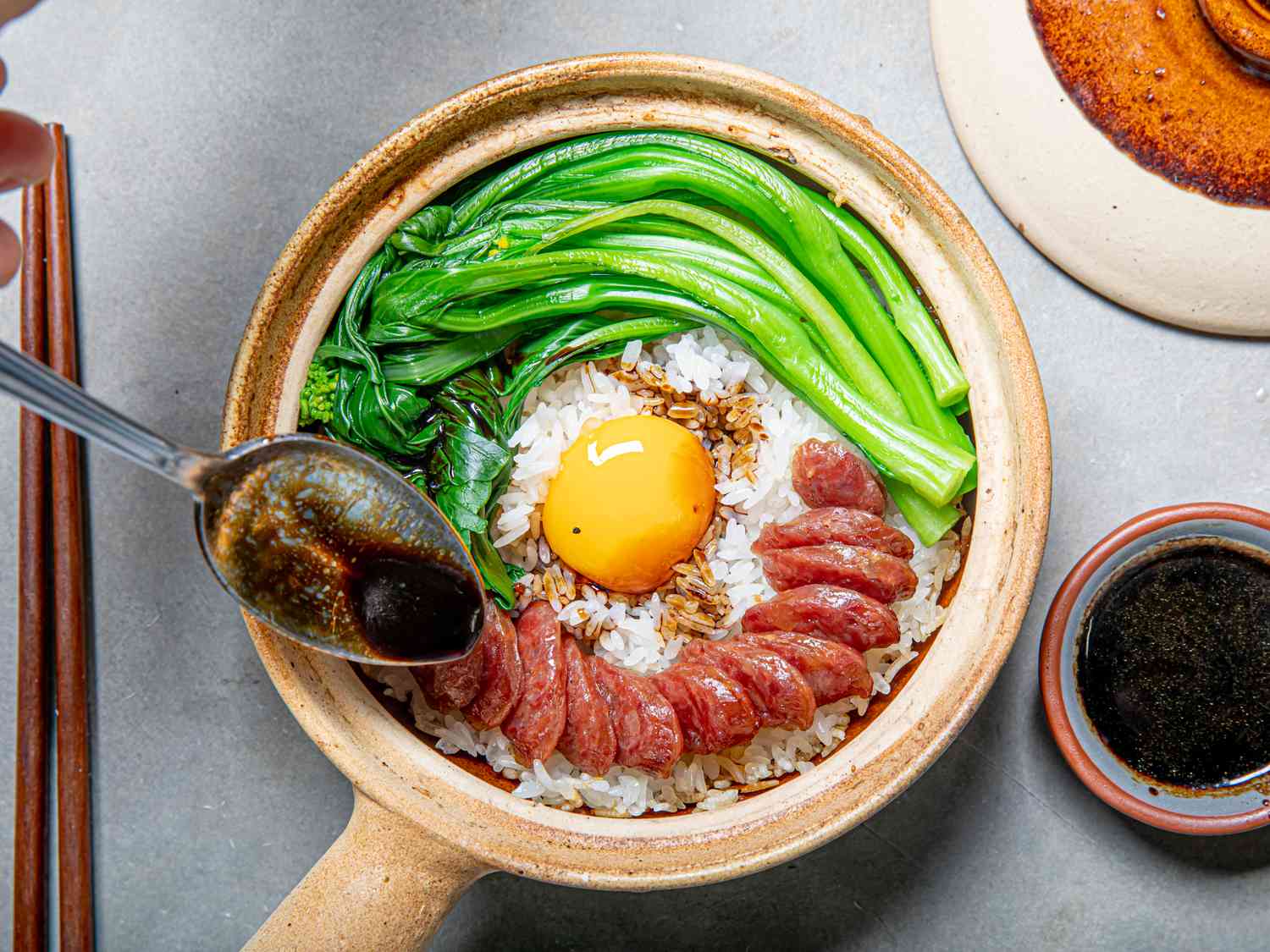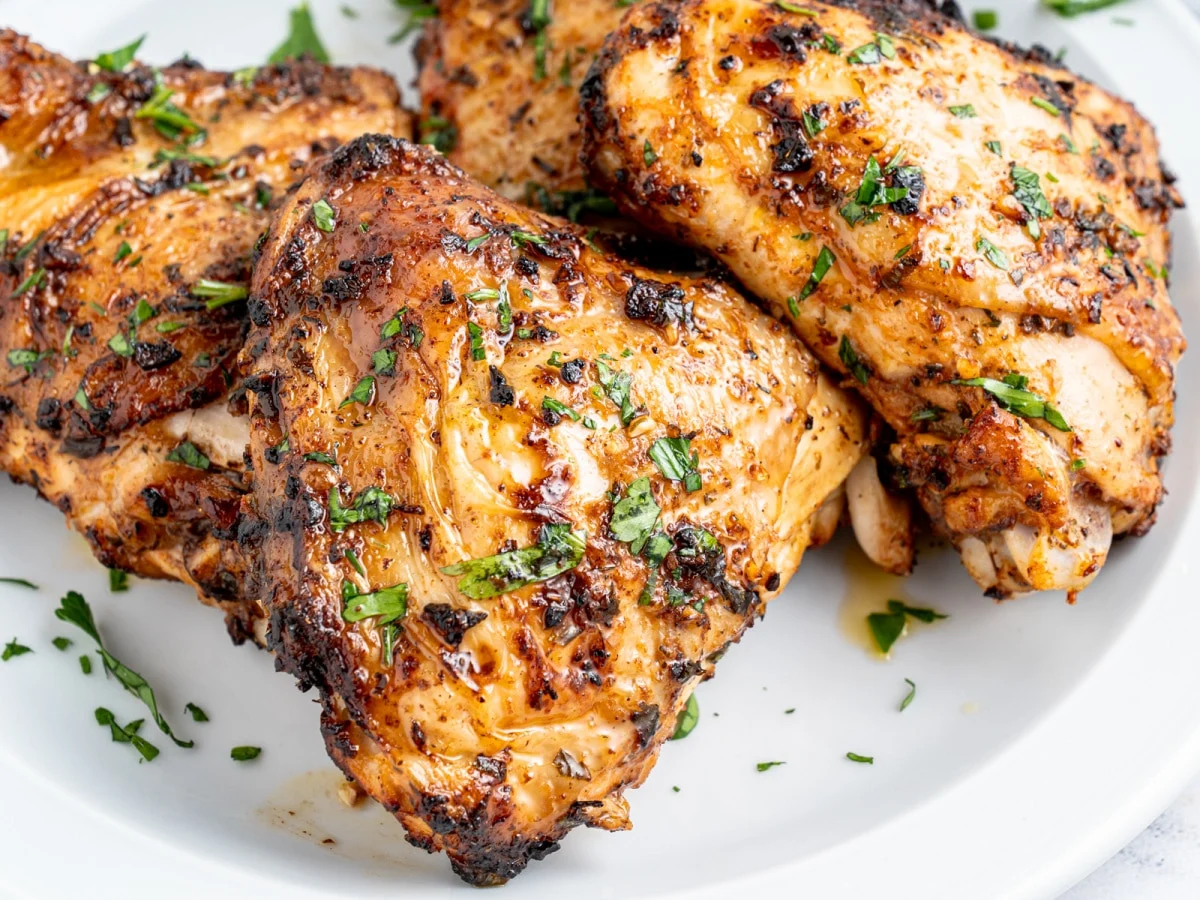Get Your Eggs Ready for a Dazzling Dyeing Experience!
Spring is in the air, and with Easter just around the corner, it’s the perfect time to embrace the festive tradition of dyeing eggs. If you’re wondering how to cook your eggs to prepare them for the vibrant colors and stunning designs, we’ve got you covered! Get ready to unleash your creativity and create egg-cellent masterpieces. Let’s dive into the wonderful world of egg dyeing!
Step 1: Start with the Perfect Eggs
Before you can begin dyeing your eggs, you’ll need to start with eggs that are cooked to perfection. Here’s how:
- Carefully place your eggs in a single layer in a saucepan.
- Add enough water to the saucepan, so it covers the eggs by about an inch.
- Place the saucepan over medium heat and bring the water to a boil.
- Once the water starts boiling, reduce the heat to low and let the eggs simmer for around 9-12 minutes.
- When the timer is up, remove the saucepan from heat and immediately transfer the eggs to a bowl of ice water to stop the cooking process.
Keep in mind that cooking times may vary depending on the size of your eggs and how well done you like your yolks. Adjust the cooking time accordingly to achieve the desired consistency.
Step 2: Dive into the Colorful World of Dyeing
Now that your eggs are perfectly cooked, it’s time to add some color! Here are some tips to make your egg dyeing experience a success:
- Prepare an array of vibrant colors by using store-bought dye kits or make your own natural dye using ingredients like beets, blueberries, spinach, or turmeric.
- Follow the instructions on your dye kit or mix your natural dyes according to your desired shades.
- Gently lower each egg into the dye mixture, using a spoon or tongs, and let them soak until you achieve your desired hue. Remember, the longer you leave the eggs in the dye, the deeper the color will be.
- Experiment with different techniques such as marbling, creating patterns with rubber bands, or using wax resist methods to achieve unique and stunning designs.
- Once you’ve finished dyeing your eggs, carefully place them on a drying rack or paper towels to dry completely before handling or displaying.
Step 3: Show Off Your Egg-citing Creations
Congratulations! You’ve successfully cooked and dyed your eggs. Now it’s time to display your egg-cellent creations:
- Arrange your vibrant eggs in a decorative basket or create an Easter centerpiece to showcase your handiwork.
- Consider adding some embellishments like stickers, ribbons, or glitter to make your eggs even more eye-catching.
- Share your creativity with friends and family by hosting an Easter egg decorating competition or gifting them as cheerful presents.
Remember, the most important thing during the egg dyeing process is to have fun and let your imagination run wild. Experiment with different colors, techniques, and decorations to create eggs that truly stand out. Enjoy the wonderful tradition of dyeing eggs and have a hoppy Easter!
Was this page helpful?
Read Next: How To Cook Live Clams
